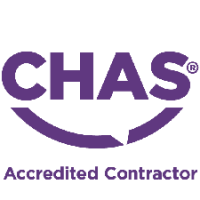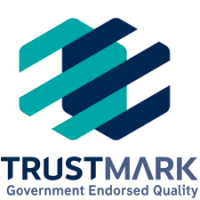Below is a detailed list of the top four invasive weeds to be aware of in the Commercial Development Sector other than Japanese Knotweed. We go into depth about what to be aware of at certain times of the year, how to identify them, the idiosyncrasies of each species and the best actions to take.
Field Horsetail (Equisetum arvense)
Is a native herbaceous perennial plant, but very invasive and spreads by both spores and rhizomatus stem system (like Japanese Knotweed). If untreated can and does give rise to damage to Tarmac areas resulting in significant costs. Deep rhizome system and tubers that can be more than 2m down and so excavation is difficult. Difficult to control with systemic herbicides as it is a primitive plant and herbicides are designed for modern plants, but it can be done over a number of years.
- When in hard surface areas of the development site it is best to consider physical controls, such as root barrier membranes to protect the Tarmac areas.
- Can be controlled in open landscape areas with herbicide but can take five years or more.
- Can be confused with Mare’s Tail (Hippuris vulgaris) but this an aquatic perennial herb found in streams and shallow waters.
- Looks quite different in the Spring to later in the Summer.
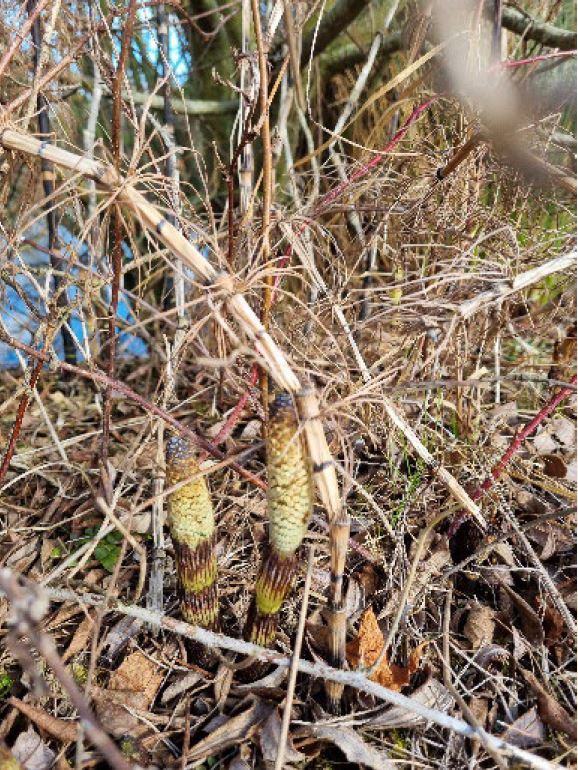
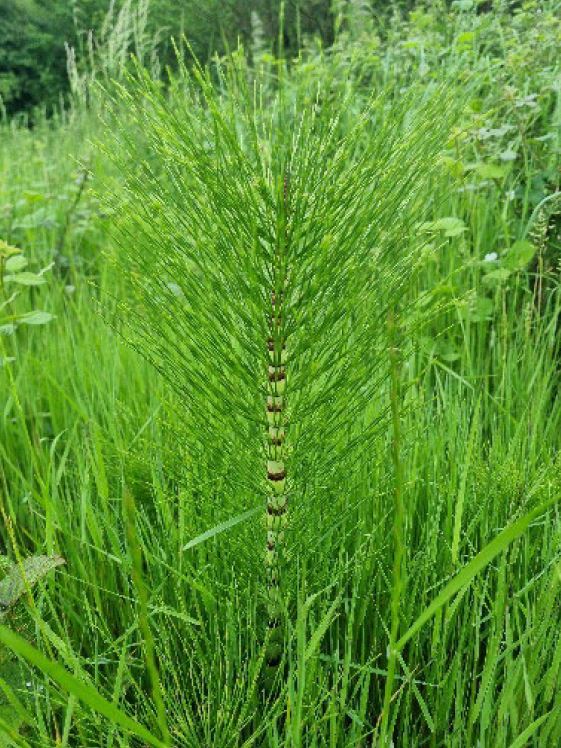
Hemlock (Connium maculatum)
Poisonous and invasive
Is not on the Schedule 9 of the Countryside and Wildlife Act (1981) but is poisonous and invasive.
Can be controlled with herbicide control programmes and is important to prevent from flowering to break the lifecycle and eventually the dormant seedbank retained in the soil.
Has a zigzag form so could be confused with Japanese Knotweed (Reynoutria japonica), but has fern like leaves and a distinctive purple speckling on the stem.
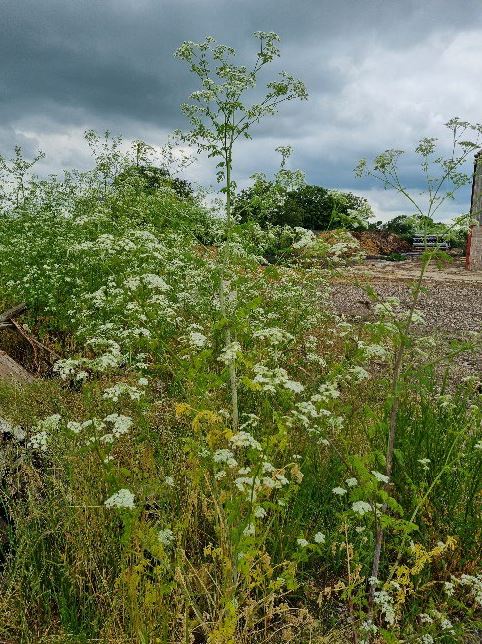
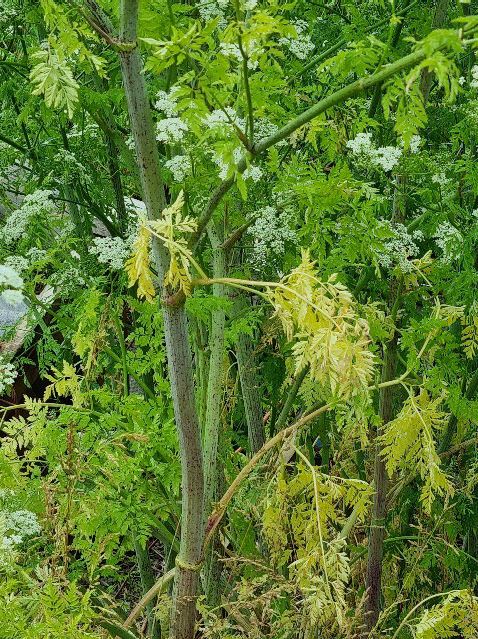
Giant Hogweed ( Heracleum mantegazzianum)
Giant Hogweed is a Non Native Invasive Weed listed on the Schedule 9 of the Wildlife and Countryside Act (1981) which, like Japanese Knotweed (Reynoutria japonica) , requires the owner of the land to ensure that this plant does not spread into neighbouring land.
Giant Hogweed is very invasive and presents a health risk to all those using the site as the sap is phototoxic and can result in significant blistering of the skin which can be so severe as to require hospitalisation.
Can be controlled through excavation or herbicide control.
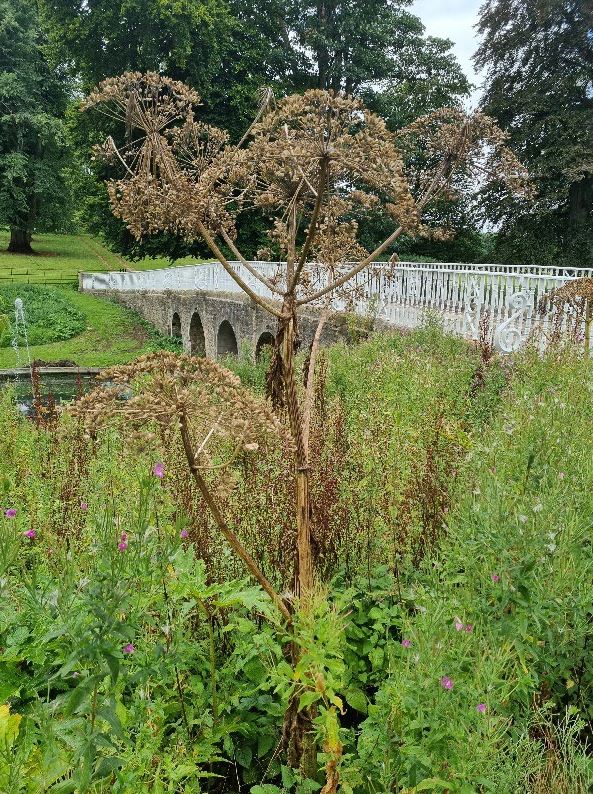
Hemlock Water Dropwort ( Oenanthe crocata)
Extremely poisonous and could be considered the most poisonous plant in the United Kingdom.
- Fatal to both humans and livestock.
- A perennial found in wetland areas and although more common in the South and West has been found elsewhere, such as the Midlands.
- Presents a serious health risk to all those using the site.
- Can be controlled using both excavation and or herbicide control programmes.
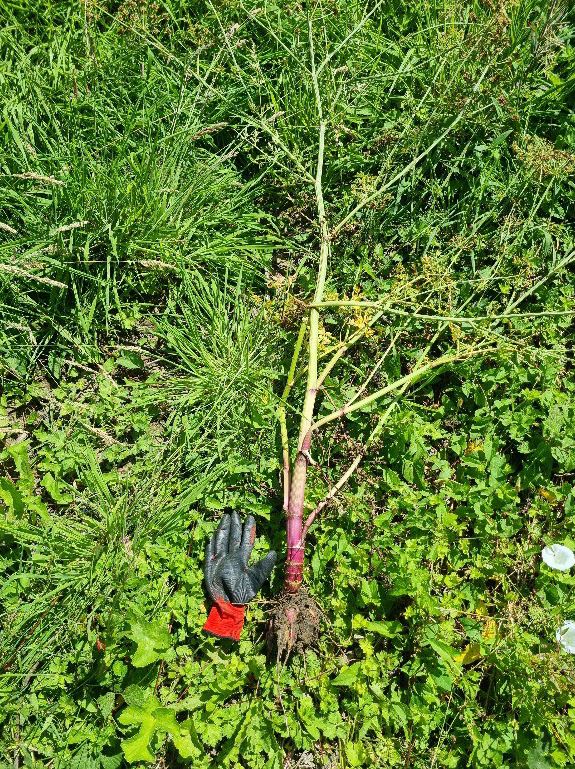
Site Check for Invasive Weeds
Contact us to discuss arranging a site visit report to check your site for Japanese Knotweed and other invasive weeds likely to give rise to problems on your development site.
Book an appointment for a quick call


